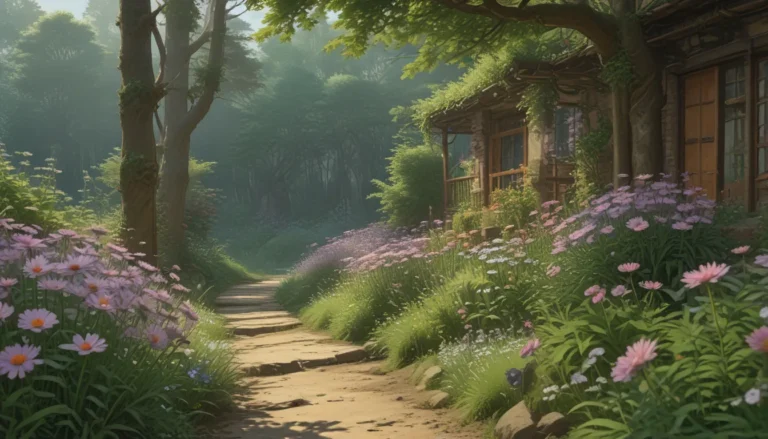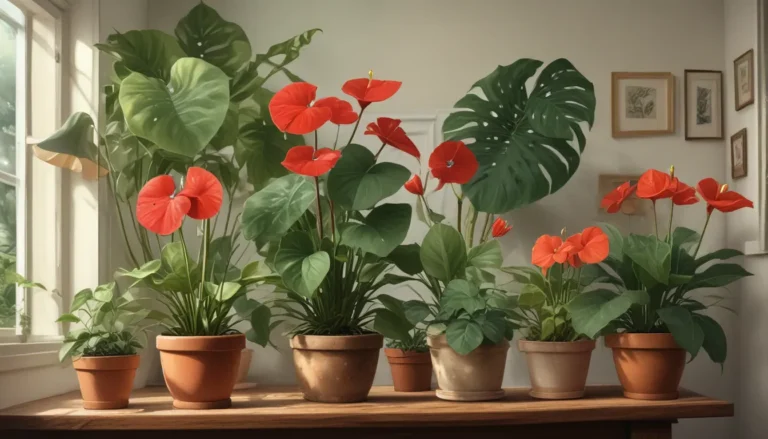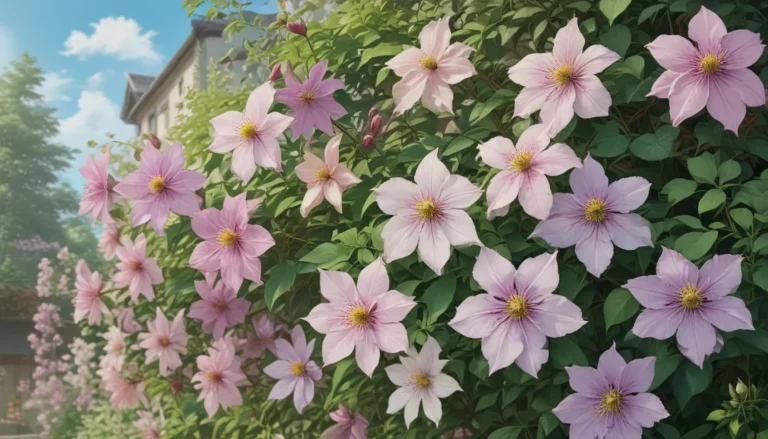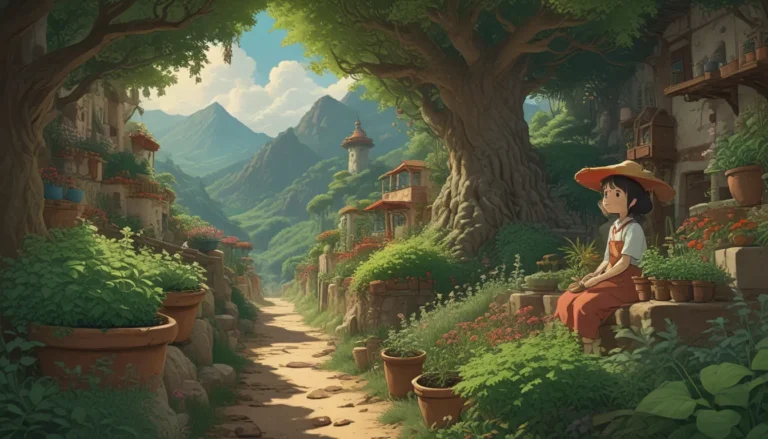Why Your Weeping Cherry Tree No Longer Weeps and How to Fix It

Weeping cherries are a sight to behold. Their cascading branches covered in delicate blossoms add a touch of magic to any landscape. But what do you do when your weeping cherry tree decides to stand up straight like a soldier instead of weeping gracefully? Don’t worry, we’ve got you covered.
Understanding Weeping Cherry Trees
Before we dive into the reasons why your weeping cherry tree is no longer weeping, let’s first understand how these trees are created. Weeping cherries are not naturally occurring in nature. Instead, they are produced through grafting and meticulous pruning.
Here are a few key points to keep in mind:
- Weeping cherry trees are produced using grafting and pruning techniques.
- Growers take advantage of the tree’s natural apical dominance to encourage a weeping habit.
- Reversion, suckers, and water sprouts are common reasons for upright growth in weeping cherry trees.
Now that we have a better understanding of how weeping cherry trees are made, let’s explore why your beloved tree might be standing tall when it should be weeping.
What Makes Cherry Trees Weep?
To understand why your weeping cherry tree is no longer weeping, we need to discuss the concept of apical dominance. Apical dominance is the phenomenon where the tip of the main shoot controls the growth of lower buds on the tree.
Here’s how it works:
- Some plants exhibit strong apical dominance, leading to a single dominant stem.
- Weeping cherry trees fall somewhere on the spectrum of partial to strong apical dominance.
- Growers utilize pruning and grafting techniques to encourage a weeping habit in these trees.
It’s important to note that most weeping cherry trees are grafted onto a rootstock tree to create their unique form. However, sometimes these grafted trees can revert back to their original form, leading to upright growth.
Reversion: The Culprit Behind Upright Growth
Reversion is a common issue with grafted plants, including weeping cherry trees. When a grafted tree attempts to return to its original form, it results in upright growth in the canopy.
Here’s what you need to know about reversion in weeping cherry trees:
- Reversion occurs when a grafted tree sends out growth consistent with the rootstock species.
- Look for straight stems growing below the graft union as a sign of reversion.
- Promptly remove reverted stems to maintain the weeping habit of your tree.
If left unchecked, reversion can result in the loss of the tree’s weeping shape, eventually turning it into an upright cherry tree. Regular pruning and observation are essential to prevent reversion from taking over.
Dealing with Suckers and Water Sprouts
In addition to reversion, suckers and water sprouts can also contribute to upright growth in weeping cherry trees. Suckers are new shoots that emerge directly from the roots of the tree, often in response to stress or damage.
Here’s what you need to know about suckers and water sprouts:
- Suckers are a common response to stress and damage in plants.
- Water sprouts form in the canopy of the tree and can be mistaken for reversion.
- Remove suckers and water sprouts promptly to maintain the desired shape of your weeping cherry tree.
Identifying and addressing the underlying cause of upright growth in your tree is key to restoring its weeping form and beauty.
Bringing Back the Weep
We all want our weeping cherry trees to retain their enchanting form and grace. By understanding the reasons behind upright growth and taking proactive measures to address them, you can ensure that your weeping cherry tree continues to weep for years to come.
Which issue are you currently facing with your weeping cherry tree? Share your experience in the comments below.
If you’re interested in learning more about different types of cherry trees, check out these helpful guides:
- 9 of the Best Cold-Hardy Cherry Trees
- How to Grow and Care for Flowering Cherry Trees
- How to Grow and Care for Fruiting Cherry Trees
Remember, with a little care and attention, your weeping cherry tree will be back to its weeping ways in no time!
With these insights into the reasons behind upright growth in weeping cherry trees and practical tips for addressing them, you can now take confident steps to restore your tree’s weeping habit. Let the magic of your weeping cherry tree continue to captivate all who behold it!





